This is a set of four reading comprehension assessments that require students to analyze two texts on the same topic. There are 2 literature assessments and 2 informational text assessments. Each assessment has a set of paired texts and students are required to answer questions based on both texts. Each assessment also has a written response component where students integrate information from both texts in their response.
At the end of each assessment, students can complete the data tracking sheet to determine which reading skills they are doing well with and which reading skills they need to improve upon. 
The assessments are also available as a self-grading Google form assessment. These assessments can be taken by students who do not have Google student accounts, making them a great addition to this resource and a huge time-saver for you!
STANDARDS:
- CCSS.ELA-LITERACY.RL.2.1
Ask and answer such questions as who, what, where, when, why and how to demonstrate understanding of key details in a text. - CCSS.ELA-LITERACY.RL.2.2
Recount stories, including fables and folktales from diverse cultures, and determine their central message, lesson, or moral. - CCSS.ELA-LITERACY.RL.2.3
Describe how characters in a story respond to major events and challenges. - CCSS.ELA-LITERACY.RL.2.4
Describe how words and phrases (e.g., regular beats, alliteration, rhymes, repeated lines) supply rhythm and meaning in a story, poem, or song.  - CCSS.ELA-LITERACY.RL.2.5
Describe the overall structure of a story, including describing how the beginning introduces the story and the ending concludes the action. - CCSS.ELA-LITERACY.RL.2.6
Acknowledge differences in the points of view of characters, including by speaking in a different voice for each character when reading dialogue aloud. - CCSS.ELA-LITERACY.RL.2.7
Use information gained from the illustrations and words in a print or digital text to demonstrate understanding of its characters, setting, or plot. - CCSS.ELA-LITERACY.RL.2.9
Compare and contrast two or more versions of the same story (e.g., Cinderella stories) by different authors or from different cultures. - CCSS.ELA-LITERACY.RL.2.10
By the end of the year, read and comprehend literature, including stories and poetry, in the grades 2-3 text complexity band proficiently, with scaffolding as needed at the high end of the range. - CCSS.ELA-LITERACY.RI.2.1
Ask and answer such questions as who, what, where, when, why, and how to demonstrate understanding key details in a text. - CCSS.ELA-LITERACY.RI.2.2
Identify the main topic of a multiparagraph text as well as the focus of specific paragraphs within the text. - CCSS.ELA-LITERACY.RI.2.3
Describe the connection between a series of historical events, scientific ideas or concepts, or steps in technical procedures in a text. - CCSS.ELA-LITERACY.RI.2.4
Determine the meaning of words and phrases in a text relevant to a grade 2 topic or subject area. - CCSS.ELA-LITERACY.RI.2.5
Know and use various text features (e.g., captions, bold print, subheadings, glossaries, indexes, electronic menus, icons) to locate key facts or information in a text efficiently. - CCSS.ELA-LITERACY.RI.2.6
Identify the main purpose of a text, including what the author wants to answer, explain, or describe. - CCSS.ELA-LITERACY.RI.2.7
Explain how specific images (e.g., a diagram showing how a machine works) contribute to and clarify a text. - CCSS.ELA-LITERACY.RI.2.8
Describe how reasons support specific points the author makes in a text. - CCSS.ELA-LITERACY.RI.2.9
Compare and contrast the most important points presented by two texts on the same topic. - CCSS.ELA-LITERACY.RI.2.10
By the end of the year, read and comprehend informational texts, including history/social studies, science, and technical texts, in the grades 2-3 text complexity band proficiently with scaffolding as needed at the high end of the range.
***************************************************************************
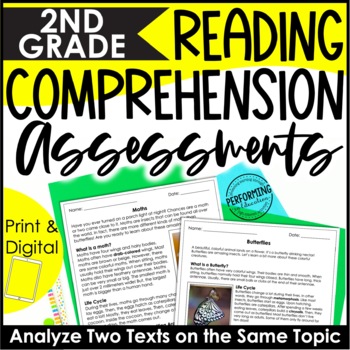
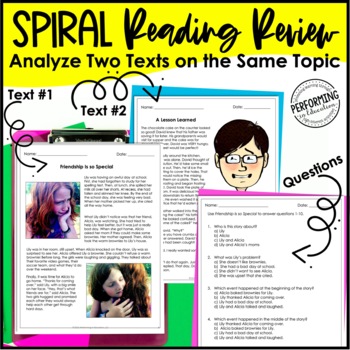
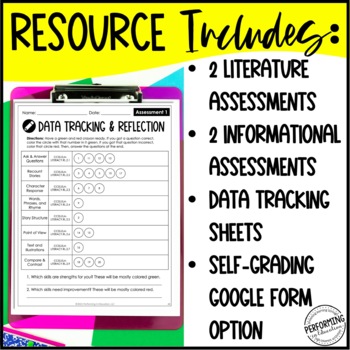
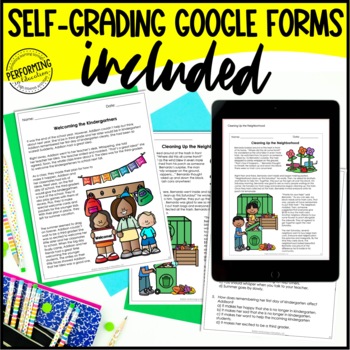
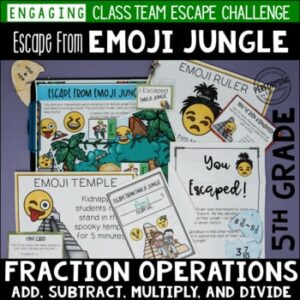
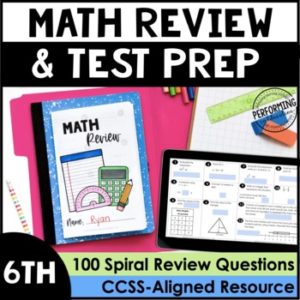
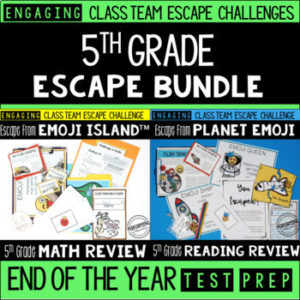


Reviews
There are no reviews yet.